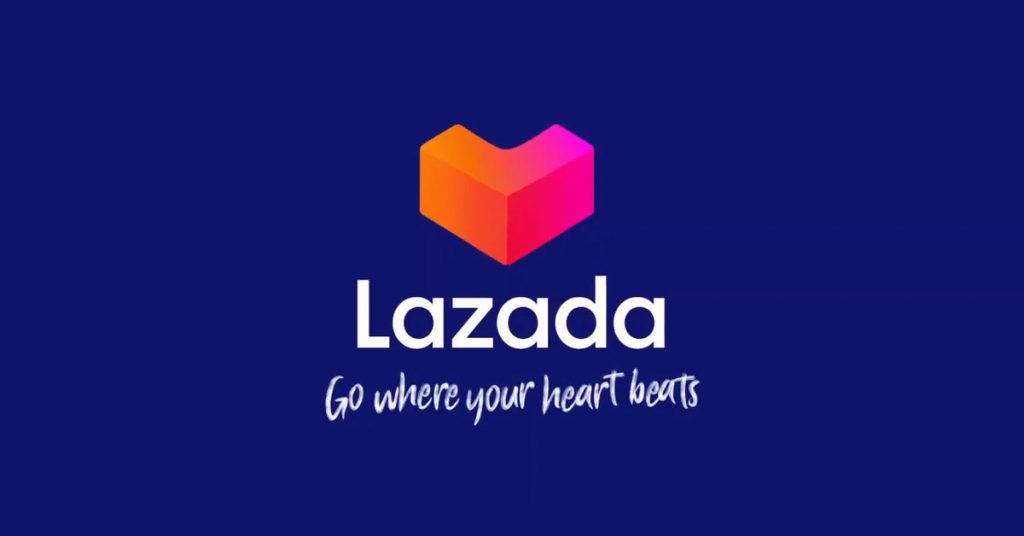Lazada Singapore chief marketing officer Michelle Yip talked about the changes in the marketing approach at Lazada and its pivot towards the experiential.
The Lazada app has changed quite significantly since the last 11.11 sale. For instance, the gamification did not seem to be as advanced as it is now. Could you give us an overview of how the approach is different this year?
“This year for the 11.11 sale, we introduced quite a few new features and put together a playbook on the campaign page. The guide takes you through all our different consumer engagement tools. For instance, pre-sales where you make a deposit and then pay a special price on Singles Day. This mechanic is already very popular on Tmall.
“After we tried Slash It (a promotion by which customers get a discount for making slashing gestures with the phone – the discounts are often based on the number of people in a group participating in the game) for the first time, we found the traction was very good. There are now communities of people around Slash It and even WhatsApp groups.
“During this special campaign, within our Flash Sales, we have surprise boxes – a purchase driven intentional sampling opportunity.
“When it comes to gaming, we have Laz City a game where you can play missions, add friends, go to partner stores and collect vouchers, and even steal gems from your friends or other players. It builds community around the festivities. We are thinking about 11.11 not just as shopping but more as an event – a moment in time.
“The traditional campaign calendar had New Year, Christmas and Mother’s Day but now, people look forward to these days as well. We have five big days: our birthday in March, the mid-year festival, 9.9, 11.11 and 12.12.”
How did you decide on the collaborative aspects of gaming? What impact does it have on marketing?
“We observed from our consumers that ecommerce is the new window shopping. When you are browsing the aisles of a store, you are looking to be entertained and delighted. When you have five minutes waiting for an elevator or for your friends, these are little pockets of time that we can fill.
“When you open your social field, you are looking to be entertained and delighted and that’s what we want Lazada to be.
“While exploring the mechanics of this we found that people crave being part of a group, community and to share good news. And that inspired the creation of these games.”
Was there any apprehension on the number of people who will play? And how did the mechanics of getting brands on board gaming work out?
“There have been some brands that have taken over whole games – for instance Lego on Targets. They started by dipping their feet in the water – taking a voucher slot in Laz City. And then they realise they don’t need whole tech teams to create games on their own platform.
“We have ready solutions where you can pick and choose what works. We also know what is likely to appeal to different customer segments. And so, we share these toolkits with the brands and they experiment.
“We don’t have a prescriptive manual – that’s what makes it fun. We just share past mechanics and what each of them is supposed to do or the kind of behaviour it shapes. Then brands decide based on what their objective is for a particular period of time.”
Considering the lure of vouchers is probably drawing in people who were not even casual gamers before, could you tell us about the participation been like?
“For our last birthday campaign, 318 million consumers spent the week with us and some of them came to the in-built Laz Games gaming app up to six times a day.
“Across South East Asia, we had an app only live streaming show called ‘Guess It! King’ which drew in one million viewers. During this period when we embarked on gamification we see the traction ramping up and a rise in the number of participating brands.”
How has your role as CMO changed considering Lazada’s foray into areas like gaming and streaming?
“All CMOs are interested in demand generation. We think of our responsibility as driving traffic to the website, getting high awareness, building top of mind preference and then commercial takes over to convert the customers.
“But really the journey is not linear anymore. If people are coming in six times a day, we have to look at it from the perspective of customer life cycle management and also an endless loop of community building.
“My focus now is on content creation. Every great relationship is about creating something delightful, surprising and highly personalised. And for us, that has to be done at scale. We have to give them a reason to come back.
“When I talk to my friends and our consumers, they come almost every other day just to browse or play or see what’s going on. Sort of like stopping at a mall on the way back home. Now, you can do it anywhere.”
Are there particular geographies in the region where you get more traction?
“A recent report from Google, Temasek and Bain said that globally the time spent on the internet was 3.8 hours but here it is four or five hours . It gives us an idea of how to reach consumers, the best channels to reach out to them and how and why they are engaging.”
What sort of a role does mainstream above-the-line advertising play for a brand like Lazada? Is it still relevant at a time when you keep giving people reasons to return to the app?
“I wouldn’t say it is losing or gaining importance. But it serves its purpose at different points of time, and in the overall plan. We still engage with a lot of media partners and are a media owner to many of our partners. In every ecosystem, every partner has multiple roles to play but we cannot do without each other.”
What was the inspiration driving the ‘Go Where Your Heart Beats’ campaign from earlier this year?
“We thought of that campaign as being a part of growing up. We are growing with our consumers and the industry. Our mission is to accelerate South East Asia through commerce and technology. One of the insights that came out strongly was that we want to be different, pursue our interests and take bold steps.
“If you look at our heroes, they are all different from each other but share the same passion to go where the heart beats. It’s what we believe in and what our consumers identify with. The result was very high relevance in the market.”
How do you track consumer behaviour? Is it mainly based on what they do in-app? Do you rely on traditional research such as meetings and focus groups?
“We have a multi-pronged approach. We have a lot of data coming in every minute of the day. Top search terms, engagement and where the traffic is coming from and the different consumer segments and what they do.
“We look at consumer research and examine trends around the world – now, we have that access since we are part of a bigger group. It helps form a picture of the present and the future.”
You have a competitor in Shopee who has been using the same language and many similar approaches? What gives you an edge?
“Of course we look at the competition, but even more, we look to our customers and what they value – delivery and reliability. It’s why we have focused on building a very strong network that can deliver great experiences.
“Consumers think about trust a lot: ‘Can I trust the platform, product or seller? What if I have a bad experience?’ There’s a lot of emphasis on building trust. Via this comes both our return policy and Laz Mall which is open to only to brand partners, authorised distributors or brand owners.
“Some consumers really care about assortment. Not so much in Singapore, but in many parts of South East Asia, you cannot get many products. So we have a strong network with Tabao and have a separate channel for them within Lazada.
“And then of course there’s shoppertainment. There will always be customers who just search and buy, but a growing number do not believe it is that one dimensional. Behind that is our strong technology which we share with Alibaba which can power these changes very rapidly. We see these pillars as the way to bring value to our customers.
“As for discounts, when we we did a user study, we found that the value seekers are actually a minority.”
That is interesting considering the sales discussion in many other markets is solely around price. How did that inform your communication around 11.11?
We didn’t want to say ‘check this out it’s a huge discount’. We wanted to find what really attracts consumers this season and ‘Find The One You Love’ is the theme we came up with. We wanted to tap into that desire and that insight. We took off from our branding campaign – ‘Go Where Your Heart Beats to ‘Find The One You Love’.
MARKETING Magazine is not responsible for the content of external sites.











